Advertisements
Victoria Day in Canada: Public Holiday, Traditions, History, and Celebrations
🇨🇦 Hi, I'm Riley! A Canadian who loves sharing the beauty of my country’s culture and traditions. Every May, as tulips bloom and the sun grows warmer, Canadians celebrate a special holiday—Victoria Day. As one of Canada’s oldest statutory holidays, this day not only honors Queen Victoria but also unofficially kicks off the summer season!
Having lived in Canada for years, I’ve noticed many international friends are curious about this holiday’s origins and celebrations. From dazzling fireworks to backyard BBQs, from historical commemorations to modern leisure, Victoria Day perfectly showcases how Canada blends tradition with contemporary life.
Ready to dive into a holiday filled with fireworks, garden parties, and the excitement of summer? 🇨🇦🎆
Table of contents
Is Victoria Day a Public Holiday in Canada?
First things first—is Victoria Day a public holiday in Canada? The answer is a resounding "yes!" Victoria Day is a statutory holiday across most of Canada, meaning folks get the day off work to relax, celebrate, and enjoy the long weekend. But let’s break it down a bit more.
Which Provinces Recognize Victoria Day?
Most provinces and territories in Canada observe Victoria Day as a public holiday. This includes Alberta, British Columbia, Manitoba, New Brunswick, Nova Scotia, Ontario, Prince Edward Island, Saskatchewan, and the territories of Yukon, Northwest Territories, and Nunavut. However, there are a few exceptions.
Provinces That Don’t Celebrate Victoria Day
Now, you might be wondering, which Canadian provinces do not celebrate Victoria Day? Well, Quebec stands out here. Instead of Victoria Day, Quebec celebrates National Patriots’ Day on the same Monday, honoring the Patriotes of the 1837 Lower Canada Rebellion. Newfoundland and Labrador also have a different approach—they don’t officially recognize Victoria Day but instead celebrate Discovery Day in August.
How Does It Impact Daily Life?
On Victoria Day, you’ll notice a few things. Schools are closed, most businesses shut their doors, and public transportation might run on a reduced schedule. It’s a day when the rhythm of life slows down a bit, and we’re encouraged to take a step back and appreciate the simpler things.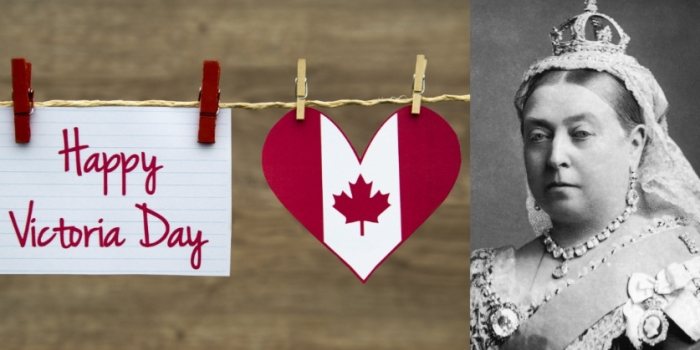
What Do People Do on Victoria Day?
Alright, so what do people do on Victoria Day? The answer varies from person to person, but there are a few common themes. Let’s explore some of the activities Canadians enjoy on this long weekend.
Fireworks and Festivals
One of the most iconic traditions on Victoria Day is fireworks displays. Cities and towns across Canada host spectacular shows, lighting up the night sky in celebration. Alongside fireworks, you’ll find festivals, parades, and concerts, all adding to the festive atmosphere.
Outdoor Activities
With summer just around the corner, Victoria Day is the perfect time to get outside and enjoy the great outdoors. Canadians head to parks, beaches, and campgrounds for picnics, hikes, and barbecues. It’s a day to soak up the sun, breathe in the fresh air, and embrace the beauty of nature.
Family Gatherings
For many Canadians, Victoria Day is a time to gather with family. Whether it’s a backyard barbecue, a trip to the cottage, or just a cozy day at home, it’s a chance to connect with loved ones, share stories, and create new memories.
Shopping and Sales
As mentioned earlier, Victoria Day is also a big shopping day. Retailers offer sales and promotions, making it a popular time to buy new clothes, outdoor gear, or home goods. It’s a bit of a retail therapy session, wrapped up in the holiday spirit.
Patriotic Displays
You’ll also see plenty of patriotic displays on Victoria Day. Canadians fly flags, wear red and white, and decorate their homes and businesses in celebration of our monarchical heritage. It’s a time to show pride in our country and its history.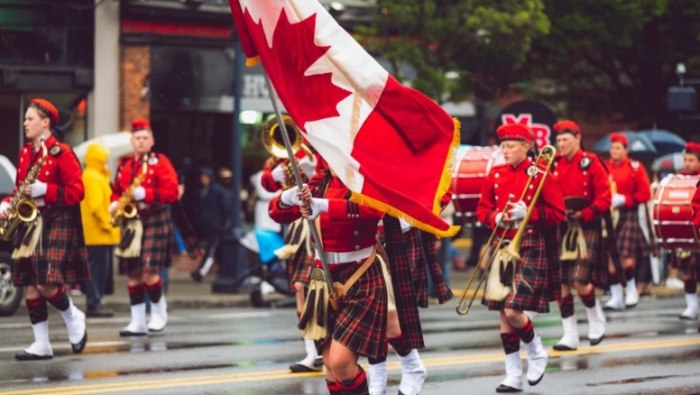
History of Victoria Day in Canada
Now, let’s delve into the history of Victoria Day in Canada. This holiday has a rich and fascinating past, rooted in our ties to the British monarchy.
The Origins of Victoria Day
Victoria Day was first celebrated in Canada in 1845, shortly after the death of Queen Victoria in 1901. It was originally known as Empire Day, a day to celebrate the British Empire and its monarch, Queen Victoria. Over time, the name changed to Victoria Day, and the focus shifted to honoring Queen Victoria herself.
Queen Victoria’s Reign
Queen Victoria ruled the United Kingdom from 1837 to 1901, a period known as the Victorian Era. During her reign, Canada became a self-governing Dominion within the British Empire. Queen Victoria never visited Canada, but her influence was felt deeply, and she remains a significant figure in our history.
The Evolution of Victoria Day
Over the years, Victoria Day has evolved. It was initially celebrated on Queen Victoria’s actual birthday, May 24th. However, in 1952, the government moved the holiday to the Monday preceding May 25th, creating a long weekend. This change made it easier for Canadians to celebrate and enjoy the holiday.
Controversies and Changes
Like any holiday, Victoria Day hasn’t been without its controversies. Some have questioned the relevance of celebrating a British monarch in a modern, multicultural Canada. Others have called for a rebranding or a shift in focus. Despite these debates, Victoria Day remains a cherished part of our cultural fabric.
Victoria Day in the 21st Century
Today, Victoria Day is a blend of old and new. While it still honors Queen Victoria and our monarchical heritage, it’s also a day for Canadians to come together, celebrate our diversity, and enjoy the start of summer. It’s a holiday that adapts with the times, reflecting our changing identity as a nation.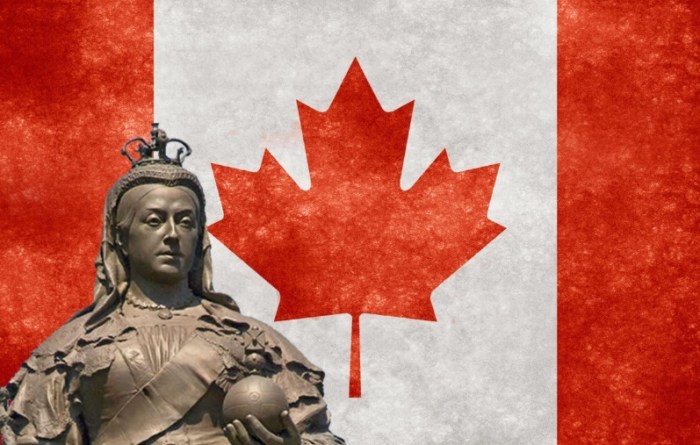
Canada Celebrates the Monarch’s Birthday
So, why does Canada celebrate the monarch’s birthday? It’s a question that gets to the heart of our relationship with the British monarchy. Let’s explore this topic further.
The Monarchy’s Role in Canada
Canada is a constitutional monarchy, meaning the monarch is the head of state. While the role is largely ceremonial, the monarchy holds significant symbolic value. It connects us to our history, our traditions, and our global ties.
Queen Victoria’s Legacy
Queen Victoria’s reign was a pivotal time in Canadian history. It was during her rule that Canada began to take shape as a nation, with the confederation of provinces in 1867. Her legacy is seen in our institutions, our laws, and our cultural identity.
Modern-Day Celebrations
Today, Canada celebrates the monarch’s birthday in various ways. While Victoria Day is the most prominent, there are also other occasions, like the Queen’s Birthday Parade in Ottawa, where we honor the current monarch, King Charles III.
The Monarchy’s Relevance Today
Some Canadians might wonder about the monarchy’s relevance in the 21st century. But the truth is, the monarchy is more than just a historical relic. It’s a living symbol of our unity, our diversity, and our shared values. Celebrating the monarch’s birthday is a way to affirm these connections.
A Table of Monarchs and Their Birthdays
To give you a better sense of how we’ve celebrated over the years, here’s a table of some monarchs and their birthdays:
| Monarch | Birthday | Reign Period |
| Queen Victoria | May 24, 1819 | 1837-1901 |
| King Edward VII | November 9, 1841 | 1901-1910 |
| King George V | June 3, 1865 | 1910-1936 |
| King George VI | December 14, 1895 | 1936-1952 |
| Queen Elizabeth II | April 21, 1926 | 1952-2022 |
| King Charles III | November 14, 1948 | 2022-Present |
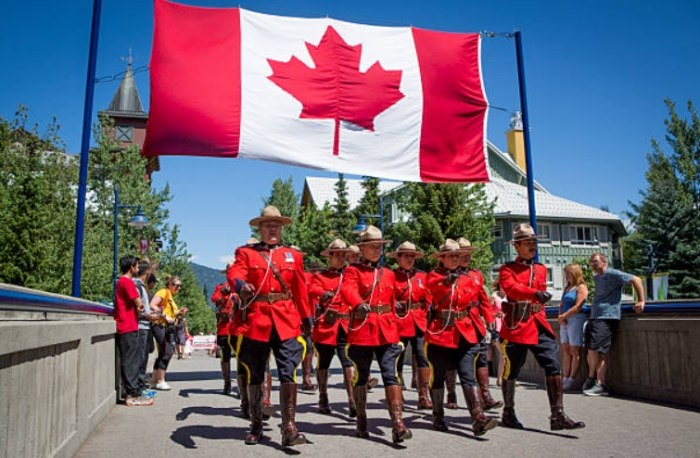
Victoria Day Commemorations
Finally, let’s talk about Victoria Day commemorations. This holiday is marked by a variety of events and traditions, all aimed at honoring Queen Victoria and celebrating our Canadian identity.
Parades and Processions
One of the most visible forms of Victoria Day commemorations is the parades. Cities and towns across Canada host parades, featuring floats, bands, and costumed characters. It’s a lively, colorful event that draws crowds of all ages.
Historical Reenactments
Some communities take a more historical approach, hosting reenactments of events from Queen Victoria’s reign or Canadian history. These reenactments are a fun way to learn about our past and engage with it in a hands-on way.
Memorial Services
While Victoria Day is largely a celebration, there are also memorial services held to honor Queen Victoria and her contributions to Canada. These services are a reminder of the holiday’s origins and the importance of remembering our history.
Cultural Events
Victoria Day is also a time for cultural events. Museums and galleries might host special exhibits, while theaters and concert halls offer performances. It’s a chance to immerse yourself in the arts and celebrate our diverse cultural landscape.
Community Building
At its core, Victoria Day is about community building. It’s a time to come together, to connect with your neighbors, and to celebrate what makes Canada great. Whether it’s through a shared meal, a parade, or a fireworks display, Victoria Day is a reminder of the power of community.
A Table of Victoria Day Commemorations
To give you a better idea of what goes on during Victoria Day, here’s a table of some common commemorations:
| Commemoration Type | Description | Location |
| Fireworks Displays | Spectacular fireworks shows lighting up the night sky | Major cities and towns |
| Parades | Lively parades with floats, bands, and costumed characters | Downtown areas |
| Historical Reenactments | Live performances of historical events | Museums, parks |
| Memorial Services | Ceremonies to honor Queen Victoria and Canadian history | Cenotaphs, war memorials |
| Festivals | Food, music, and entertainment festivals | Community centers, parks |
| Barbecues and Picnics | Family gatherings with outdoor cooking and dining | Backyards, parks |
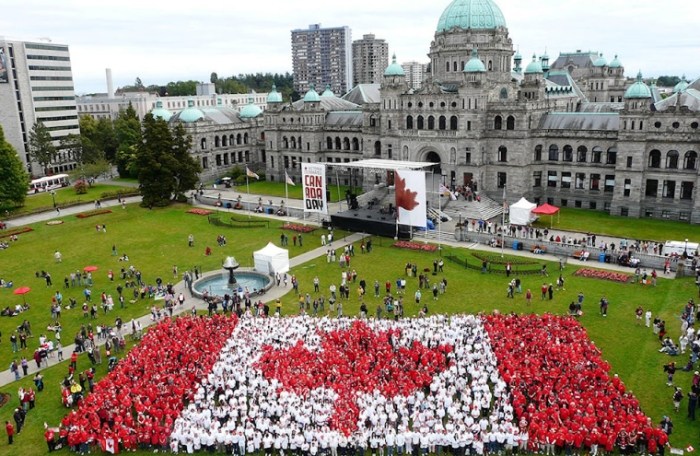
Q&A: Answering Your Burning Questions
Alright, folks, let’s wrap things up with a quick Q&A session. Here are some of the most common questions I get about Victoria Day in Canada.
What is Victoria Day for in Canada?
Victoria Day is a holiday to honor Queen Victoria, the longest-reigning monarch in British history, and to celebrate the start of summer. It’s a time for Canadians to come together, enjoy the long weekend, and reflect on our history and heritage.
Which Canadian Provinces Do Not Celebrate Victoria Day?
As mentioned earlier, Quebec doesn’t celebrate Victoria Day—they have National Patriots’ Day instead. Newfoundland and Labrador also don’t officially recognize it, opting for Discovery Day in August.
What Do Canadians Eat on Victoria Day?
Oh, boy, this is a fun one! Canadians love to fire up the barbecue on Victoria Day. You’ll see plenty of burgers, hot dogs, steaks, and ribs being grilled. There’s also a tradition of eating strawberry shortcake—a sweet, summery treat that’s perfect for the occasion.
Why Is Queen Victoria So Important to Canada?
Queen Victoria is important to Canada because her reign marked a significant period in our history. It was during her time that Canada began to take shape as a nation, with the confederation of provinces. Her legacy is seen in our institutions, our laws, and our cultural identity.
Leave a Message